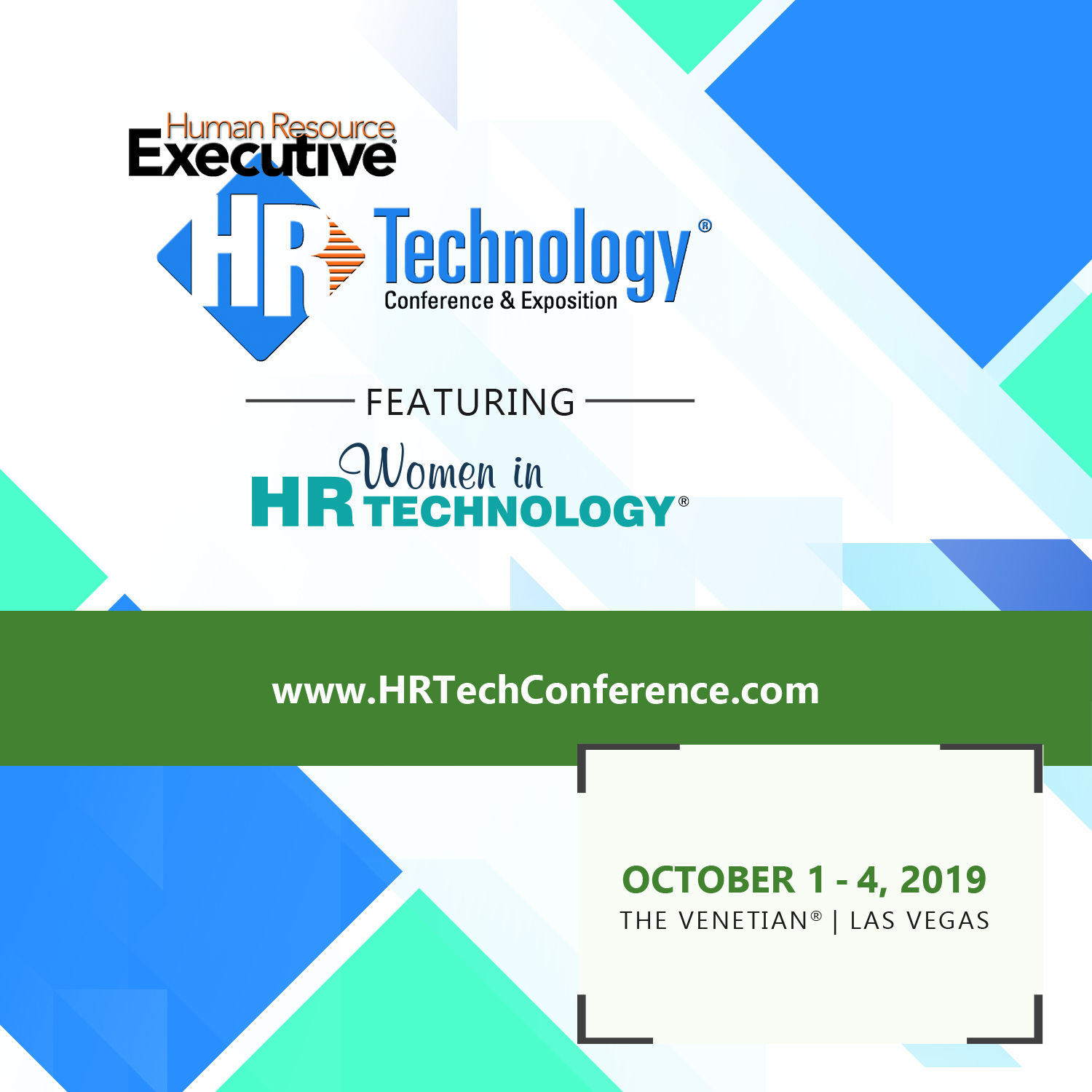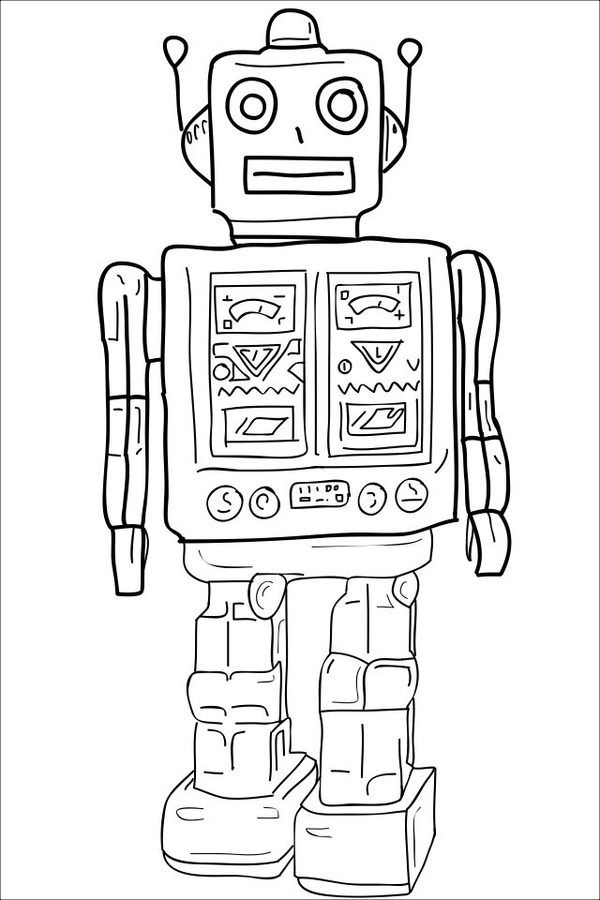CHART OF THE DAY: How much are you using your smart speaker?
Have you finally jumped in to the 'smart speaker' game? Whether it's an Amazon Echo device, something from Google, or one of the emerging third party manufacturers who are shipping devices that run voice operating systems from Amazon or Google, there seems to be no doubt that this technology is still growing, and maybe faster than you think.
Some data from the recent Adobe 'State of Voice Assistants' research suggests that after the holiday shopping season concludes, almost 50% of US households will own a smart speaker of some kind. According to the Adobe data, about a third of US households already own a smart speaker, with another 16% reporting the intention to acquire one this holiday season. And here's another chart from the Adobe research, one that shows that the vast majority of smart speaker owners are increasing their use of the technology. Have a look, then some pithy, insightful, and still FREE comments from me.
Three takes on the data:
1. Really significant numbers of both current smart speaker owners, (76%) and non-owners (38%), report increased usage of the technology in the past year. The number to me that is really shocking is that 38% of non-owners are using these technologies more. I confess to not really knowing where or how these folks are using these tools more, but the fact that almost 40% of them are, leads me to believe that a decent number of them will become owners very soon. Said differently, over three quarters or current owners are using their devices more, as are a really healthy percentage of non-owners. You'd love to report at the end of the year that 76% of your employees engaged with any of your workplace technologies more this year.
2. One reason for the growth in usage? The sheer number of use cases keeps increasing. While the Adobe data also reports the most common uses of smart speakers are for streaming music, getting news and weather updates, and setting alarms and timers, a growing ecosystem of applications and skills are making these devices more useful, fun, and engaging. A full 32% of respondents reported using calendar and scheduling capabilities on their smart speakers for example. And 13% have used them to help with managing finances. Bottom line, the sky seems to be the limit for more and more innovative applications and users seem eager to expand their use of these tools.
3. If you are in an HR or HR tech role, and have not started to think about how to incorporate these technologies into your delivery of HR information and services, in 2019 you really should plan some time to do so. Your employees are more and more likely to be using these tools and are becoming more comfortable with engaging with them. And pretty soon (if it has not happened yet), these speakers will be in offices, meeting rooms, common areas, cars, and possibly everywhere else. They offer a way for you to engage your employees with access to information, help, support, and more advanced activities in an interface format that everyone already understands - 'Alexa, set up a meeting in Friday with the Marketing Team'. What could be simpler?
Finally, since I think you know by now I am all in on smart speaker, I wanted to remind readers that we have a special version of the HR Happy Hour Podcast on Alexa for Amazon Echo devices. If you are an Echo user, just add the 'HR Happy Hour'Skill to your device's Daily Flash Briefing to get a short HR Happy Hour Podcast a few times a week.
Have a great day!
 Chart of the Day tagged
Chart of the Day tagged  HR Happy Hour,
HR Happy Hour,  Technology,
Technology,  alexa,
alexa,  chart,
chart,  data
data  Email Article
Email Article 
 Print Article
Print Article 
